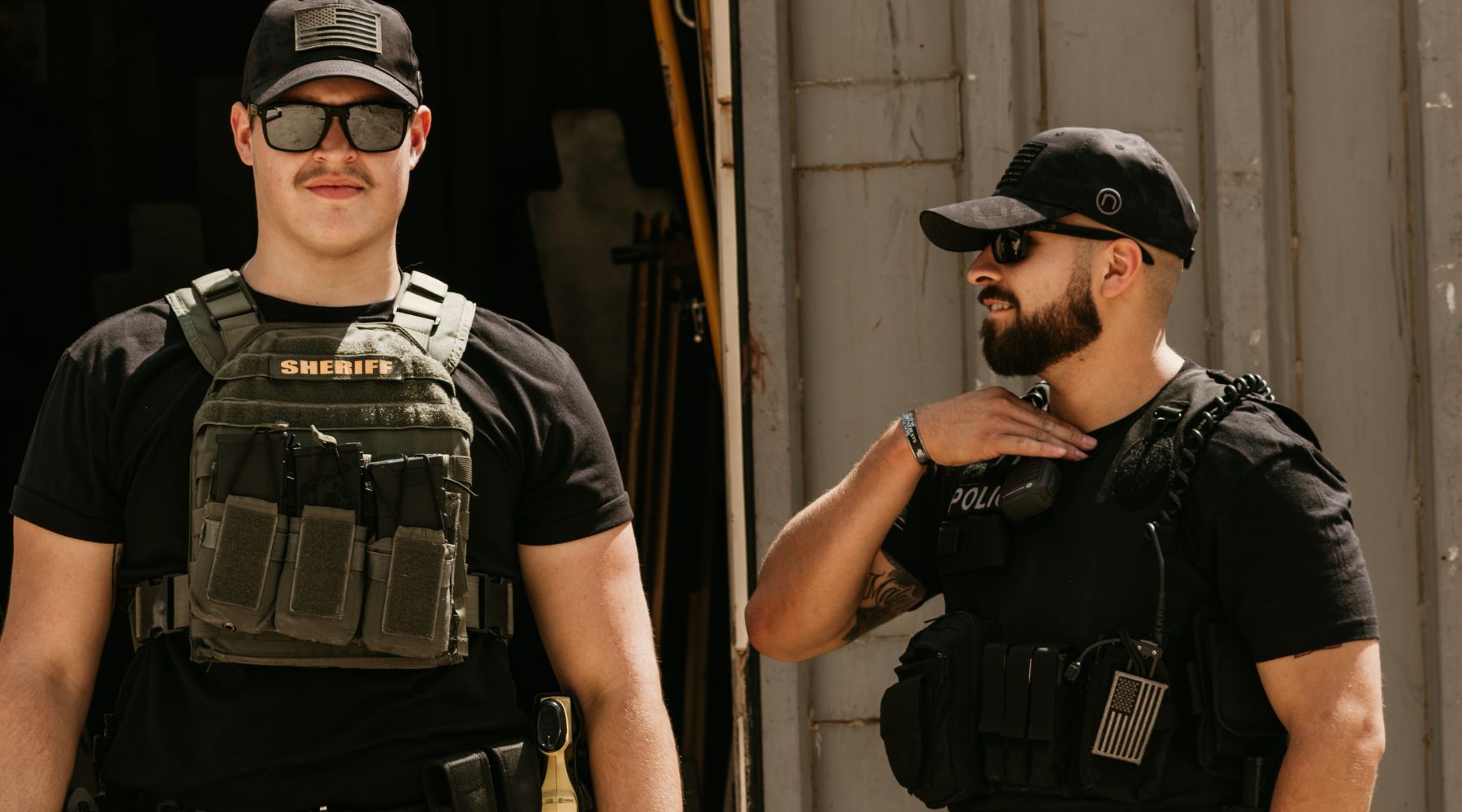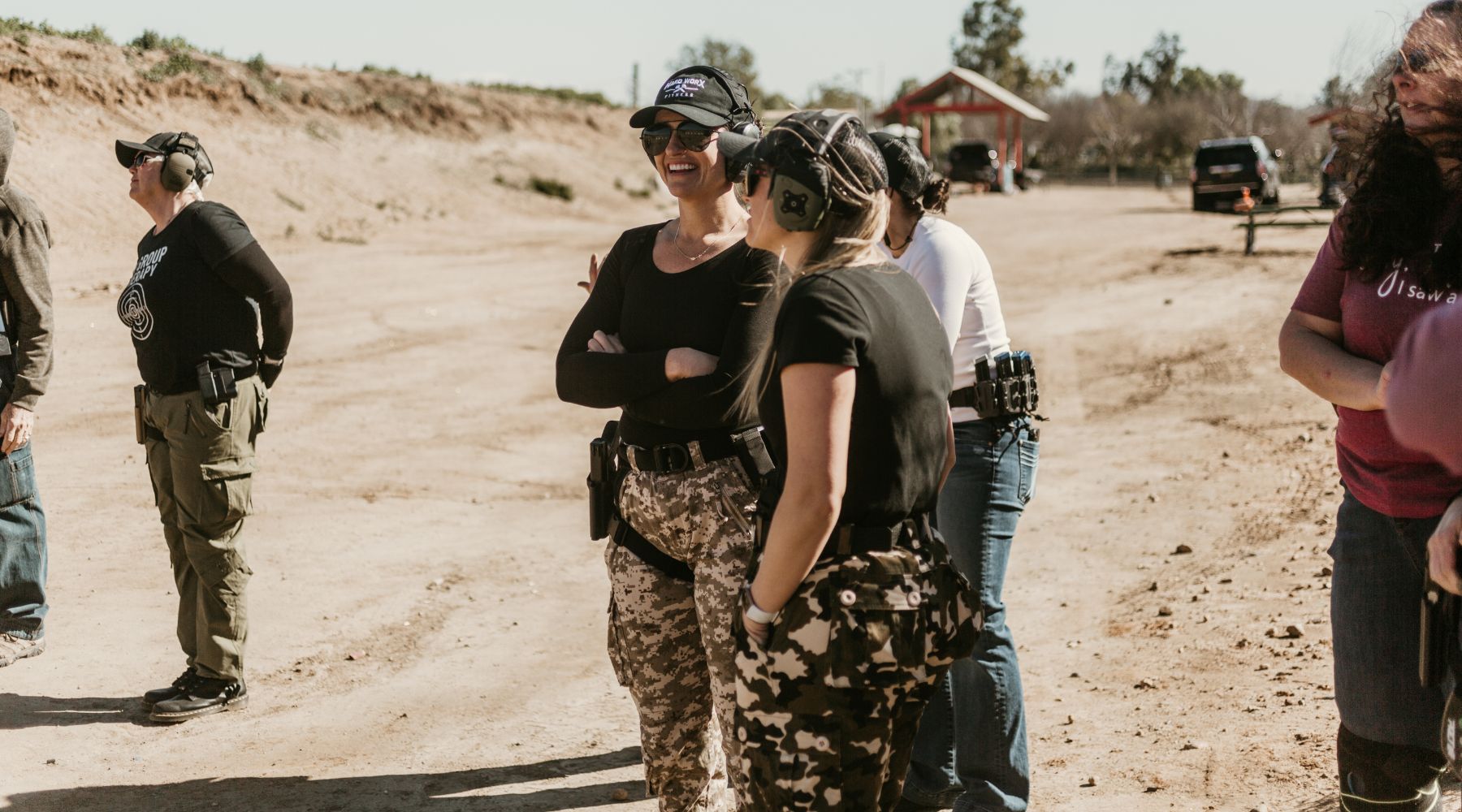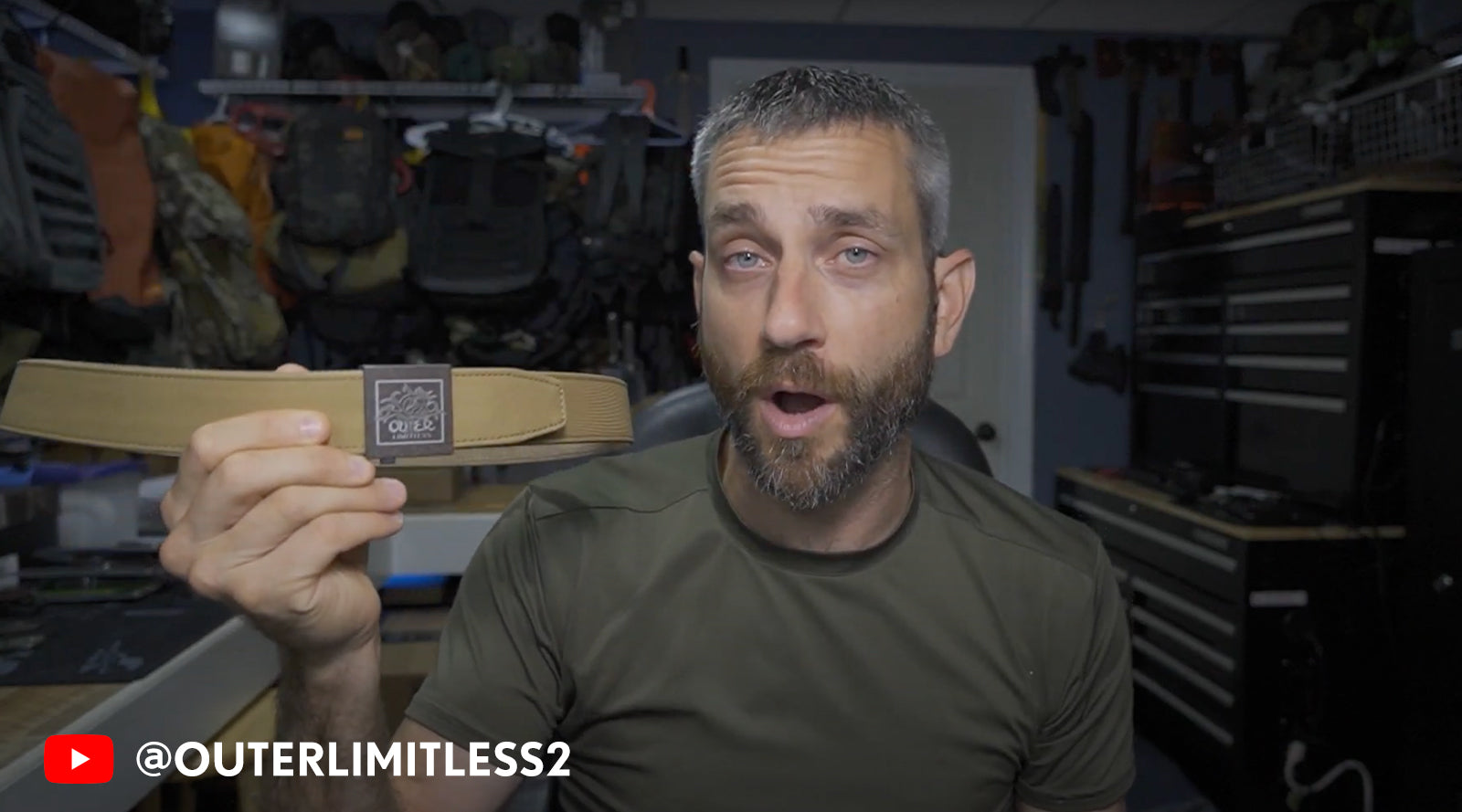
Nexbelt's Guide to Concealed Carry Laws: What Your Need to Know
Whether you’ve been carrying a firearm on you for years or just got your permit, it’s always good to stay up to date with the latest in concealed carry laws. After all, legislation surrounding concealed carry rapidly changes year after year, and the laws regarding firearm carrying can vary greatly not only by state, but even by the city within the state.
As such, it is impossible to highlight all the differences that distinguish, for example, New York concealed carry laws and Ohio concealed carry laws. However, follow the tips below for general considerations that’ll help you stay safer and get used to legally carrying your firearm every day.
Tip #1: Make Sure You Have the Right Equipment
Concealed firearms usually consist of handguns that you can easily hide beneath your pants, shirt or coat. Along with a proper-fitting holster, you may want to consider a concealed carry or dedicated gun belt for a safe, comfortable concealed carry experience. Concealed carry belts are generally stronger and more durable than your average dress belt as well.
Concealed carry belts are often designed to minimize the outward footprint of the belt while at the same time keeping it strong and comfortable. This blend of strength and comfort also works well in other applications such as an average range day, training class or security jobs.
Make sure you have the right equipment you need to conceal carry, and always assess the fit at home before trying it out in the wild. You’ll want a setup that allows you to comfortably wear your firearm but - should the need arise - won’t inhibit your speed or safety when drawing it.
Tip #2: Know How to Behave in Public with a Concealed Firearm
There are many regulations you’ll need to follow to ensure proper compliance with concealed carry laws, which vary between jurisdictions. Some universal best practices that are applicable everywhere include:
- Do not enter concealed carry ban zones. Unless you are specifically obligated to do so, such as being an active-duty police officer, you are not allowed to enter certain areas with your concealed carry firearm. This typically includes schools, airports, and federal buildings.
- Do not draw, adjust, or show your firearm off in public unless necessary. This is another reason why it’s important to make sure you have good equipment, like an EDC belt, before you leave your home. If you do need to adjust or show your firearm, do so in your car, a stall in the bathroom, or in a private room. When making adjustments to your firearm, make sure you follow all proper firearm-handling protocols.
- Always avoid intoxicants while carrying. It is illegal in most states to consume alcohol or be intoxicated while carrying a firearm. Many states also have similar laws against other intoxicants. Even when it is legal to do so, avoid substances that influence your judgment and fine motor function. If you want to have fun, you should leave your concealed firearm at home.
Tip #3: Carefully Respect and Inform Law Enforcement When Concealed Carrying
For some people, there is some uncertainty around carrying a concealed firearm when dealing with police officers. While you aren’t legally required to tell a law enforcement officer you are carrying in every state, it is generally a good practice to do so.
If stopped by a police officer, carefully explain you are a licensed concealed carry holder. Always make sure you have your concealed carry permit on you, such as in your wallet or phone case. Finally, only reach and produce your firearm for law enforcement if they request you do so.
An officer will dictate how they want you to reach for your firearm, withdraw it, and what to do with it. In many instances, the officer will most likely remove it from your person themselves rather than have you touch it. Carefully wait for the officer's commands prior to moving to action. This will ensure everyone is safe and the interaction runs its course without incident.
By following the above tips, you can better protect yourself and others while exercising your right to conceal-carry a firearm. Just make sure you match your firearm with the right accessories for safe everyday carry! For those looking for EDC belts, be sure to browse our collection of comfortable and highly adjustable belts available here at Nexbelt.
Important: This guide is for informational purposes only and should not be considered legal advice.



